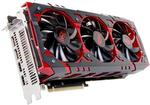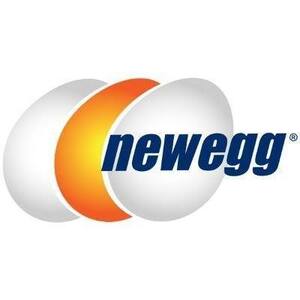PowerColor RED DEVIL Radeon RX Vega 56 DirectX 12 AXRX VEGA 56 8GBHBM2-2D2H/OC 8GB 2048-Bit HBM2 PCI Express 3.0 CrossFireX Support ATX Video Card
- 8GB 2048-Bit HBM2
- Core Clock 1308 MHz
- Boost Clock 1526 MHz
- 2 x HDMI 2 x DisplayPort
- 3584 Stream Processors
- PCI Express 3.0
The price above includes standard shipping.
For extra $1.96 you can get the Express.
$57.04 World EggSaver Standard (4-7 Business Days)
$59.00 World EggSaver Express (2-3 Business Days)
Take $20 AU off Your First Order of $125 or More
https://promotions.newegg.com/marketplace/2018/18-1434/Austr…
Edit: Shipping breakdown
Edit2: $20 off promotion


it says 688 AUD so 60$ shipping fee???